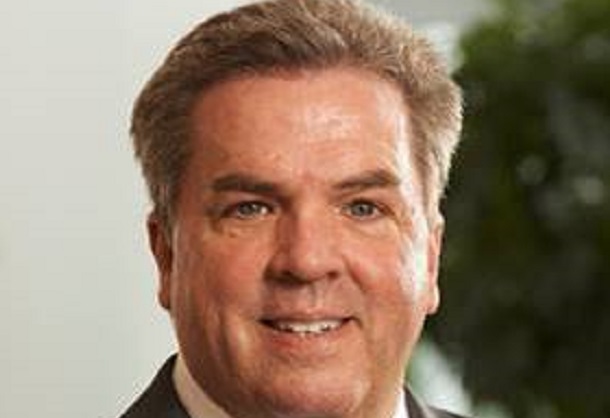HAMILTON, NJ—The greatest transfer of commercial real estate is underway and largely because the Baby Boomer generation is exiting commercial property ownership with greater frequency as they age out of the business and their adult children would rather have the cash, according to Jerry Fennelly, with the locally-based NAI Fennelly. Among his current assignments, he recently won a listing to sell a medical office property and additionally, the majority interest of a commercial condo project near the medical office building.
Fennelly has been noticing a pattern among sellers.
"Property ownership has run its course with the family associated with this offering and the adult children don't want the day-to-day management of the operations," he says. "We've seen this play out before and will likely see it all over the US, but especially in more mature regions of the country like the Northeast and Midwest, because there are generational owners of real estate," Fennelly added.
The properties for sale are a 58,000-square-foot, two-story medical office building on Quakerbridge Road in Hamilton, and approximately 72,000 square feet of a single-story, commercial condominium development within Whitehorse Executive Center, which is also in Hamilton. Fennelly won the marketing assignment with assistance from NAI Capital Markets and NAI Global's CEO and President, Jay Olshonsky, FRICS, SIOR.
Baby Boomers make up approximately 28% of the US population and control some 80% of personal financial assets. At the same time, they are starting to retire in droves: This age cohort started turning 65 in 2011, and from now until 2030, that number will swell by 10,000 each day.
A report by Capgemini revealed high-net-worth investors (HNWI) wealth had grown by 10.6% in 2017—the second-fastest year of wealth growth for the group since 2011. In all, Capgemini estimates this group of investors has amassed $70 trillion in wealth. Real estate increased to the third-largest asset class for HNWI's, accounting for 16.8% of HNWI assets, or over $1.3 trillion in commercial real estate.
If real estate is in a family's portfolio, it is often part of a generational trust passed down from their grandparents or parents, many of whom started investing in real estate in the 1950s and 1960s and later—the Boomers that were buying, trading or investing in commercial property from roughly the 1980s to 2000.
Fennelly states: "As Boomers hit 74, the thought of working less and simplifying one's life becomes more important. If they have children, the children may not have the expertise or acumen required to succeed in the property business, and alternatively, many of them have professional careers that they have chosen and don't have the time to juggle those careers, their own families, and manage property investments. Hence the exit."
The upside is that this is creating significant opportunities for new buyers to come in, utilize tax-free 1031 strategies and historically low interest rates to generate cash flow from commercial property, he continues. "When you combine these market conditions with demand for medical services in growing population areas, I expect medical-related commercial property to be among the most actively traded asset classes for years to come."
© Touchpoint Markets, All Rights Reserved. Request academic re-use from www.copyright.com. All other uses, submit a request to [email protected]. For more inforrmation visit Asset & Logo Licensing.








